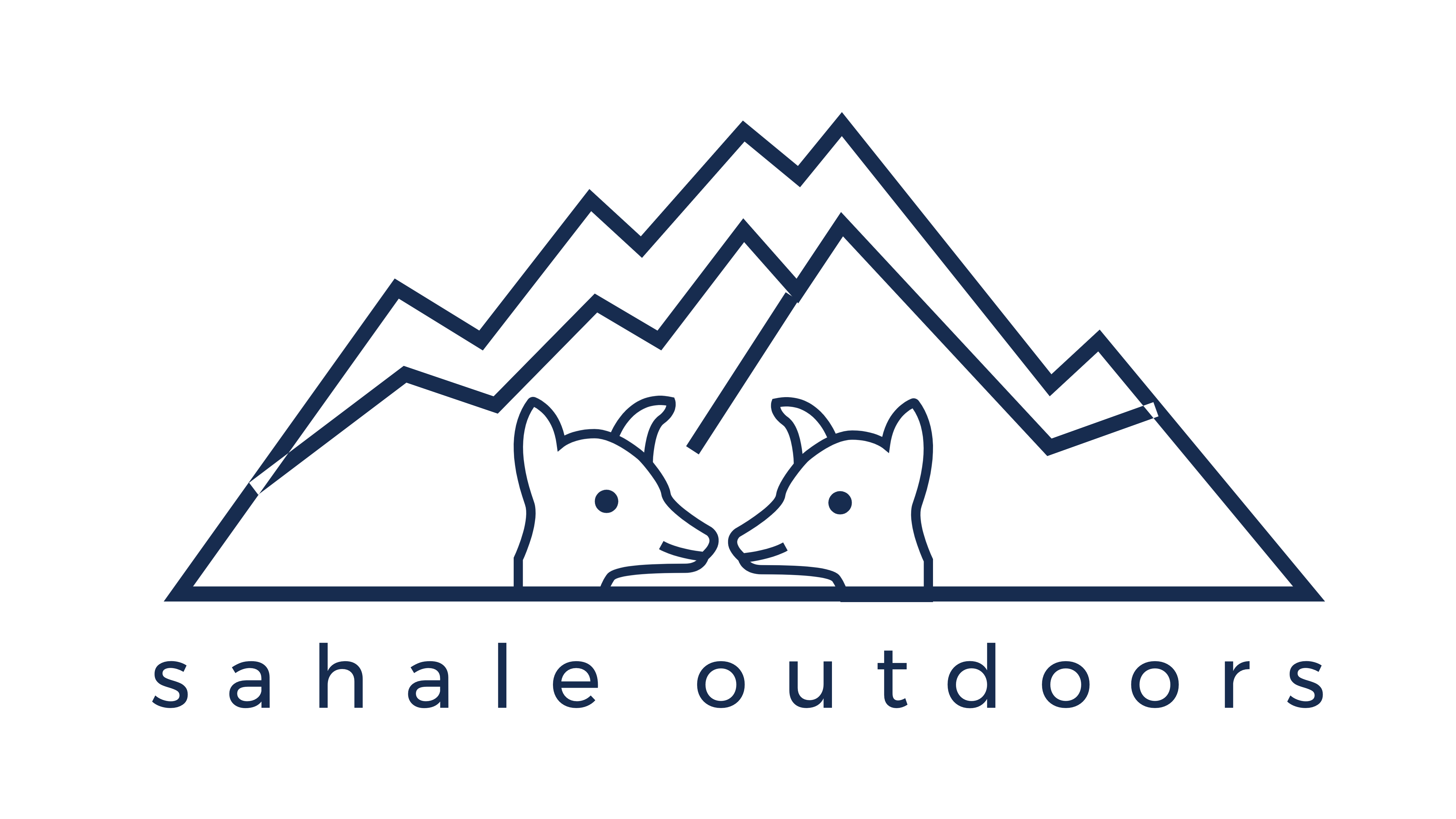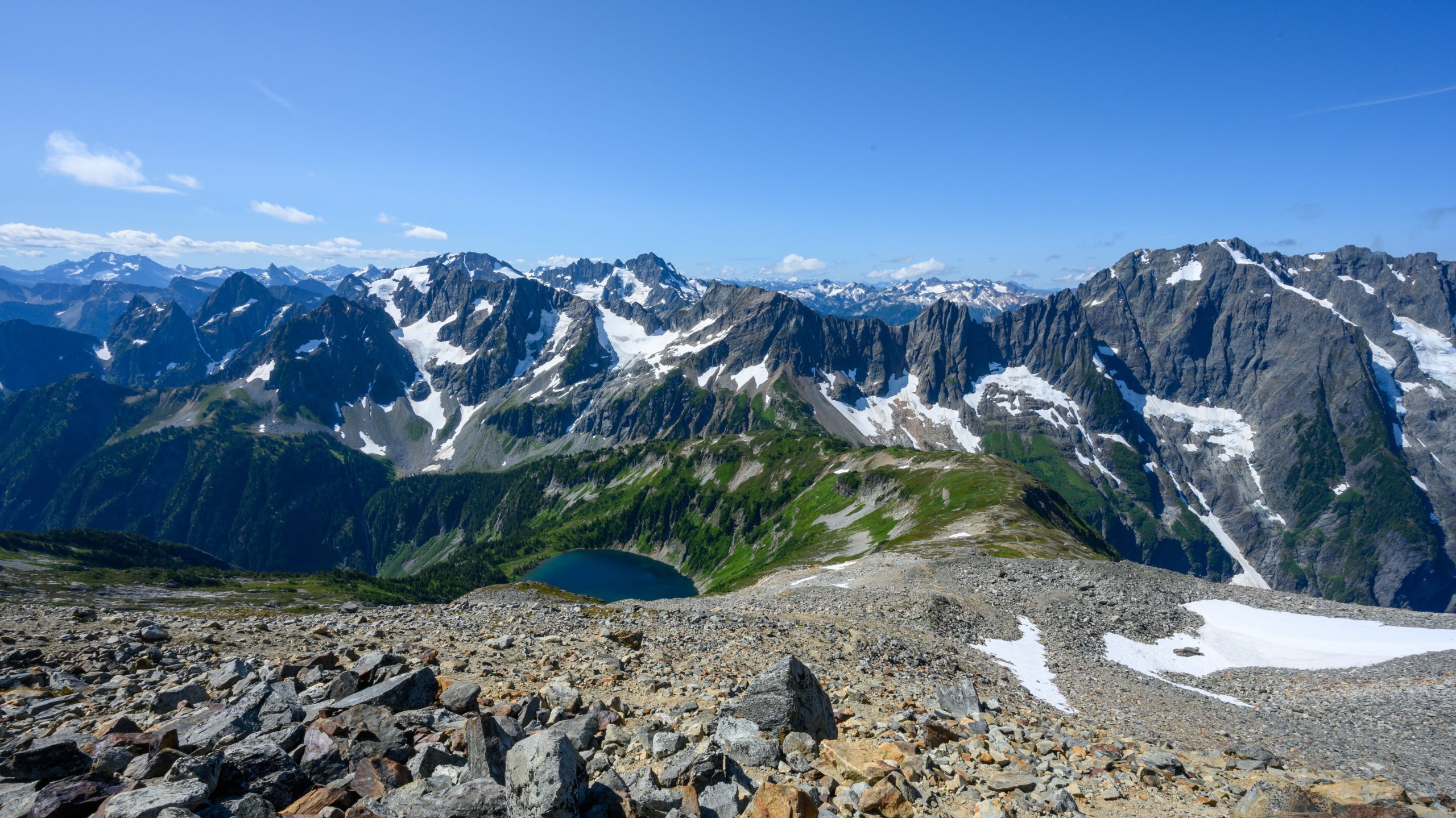
Hannegan Peak
North Cascades: Hannegan Peak
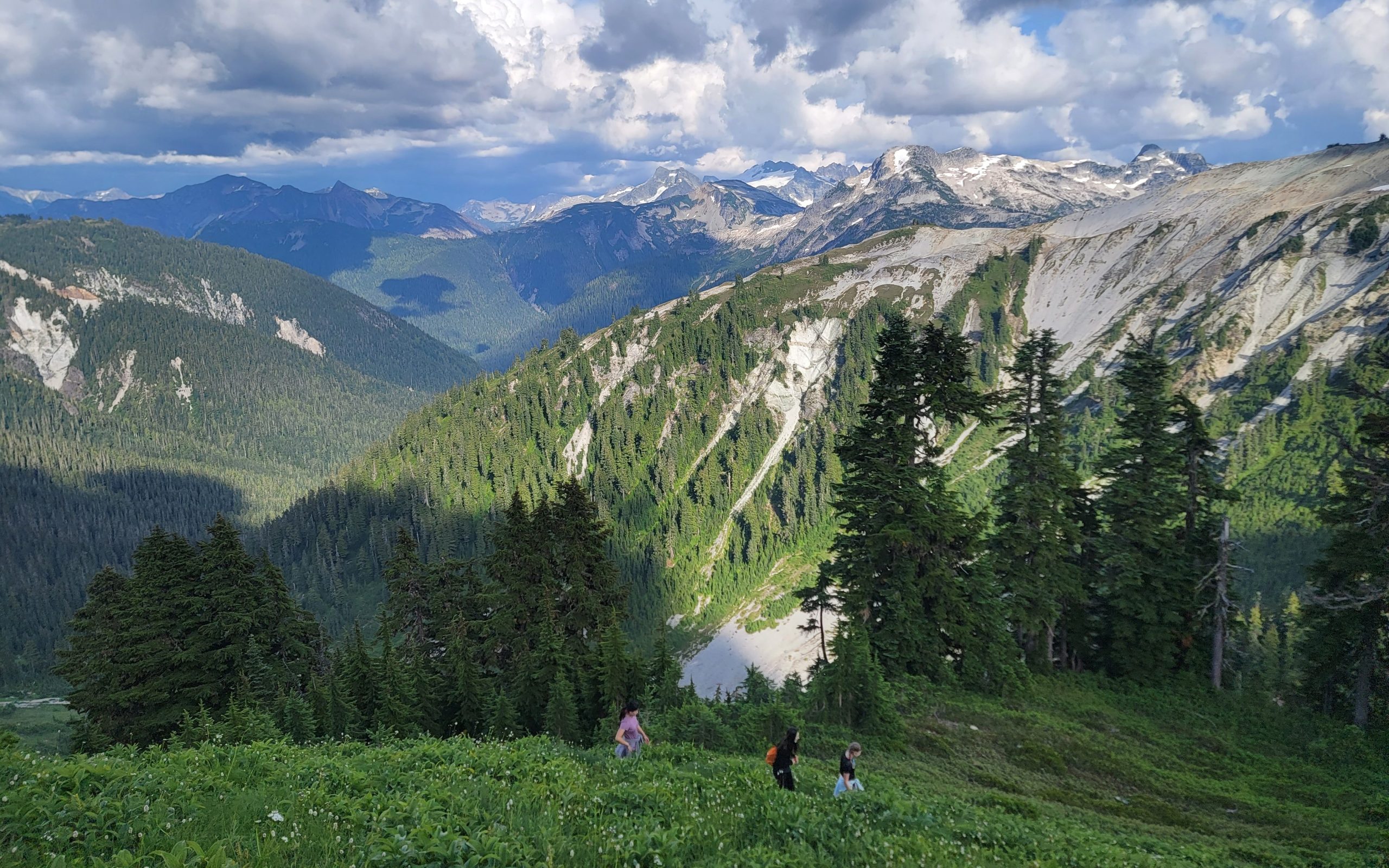
Trip Details
Hike through forests and past creeks and waterfalls into beautiful alpine meadows with expansive views of the North Cascades mountain peaks including Mt. Baker and Mt. Shuksan. Whether in the up-close details of the wildflowers along the trail or the wide-angle views of the snow-capped peaks in the distance, you’ll feel like you’re walking through a gallery of some of the best the Cascades have to offer on this rewarding backpacking trip.
We provide all needed gear, including boots and clothing if notified 4 weeks ahead of time. Food from lunch on the first day to lunch on the last day is provided, and we will send you a menu and food options form to fill out before your trip. Transportation is provided from the meet location in Edgewood and back.
Gear Provided
- Tent
- Backcountry sleeping pad
- Multi-day backpack
- Sleeping bag
- All meals from lunch the first day through lunch on the last day
- All entrance fees, permits and passes
- First-aid kit and satellite phone
- Group kitchen and food service gear
- Water bottles
Learning Goals
- Leave no trace
- Gear management
- Plant and wildlife identification
- Basic backpacking skills such as cooking, campfires, filtering water, first-aid
- Map reading
- Local geography
- Cultural history
Documents
- Packing Checklist
- How to Not Overpack A guide to packing for your backpacking trip, with what to bring, what not to bring, and how to be prepared for gear malfunctions while still packing light.
- Pooping in the Woods What to expect.
- Periods in the Backcountry What to bring and how to plan when backpacking on your period.
- Backpacking and Binding Strategies for backpacking if you will be wearing a binder.
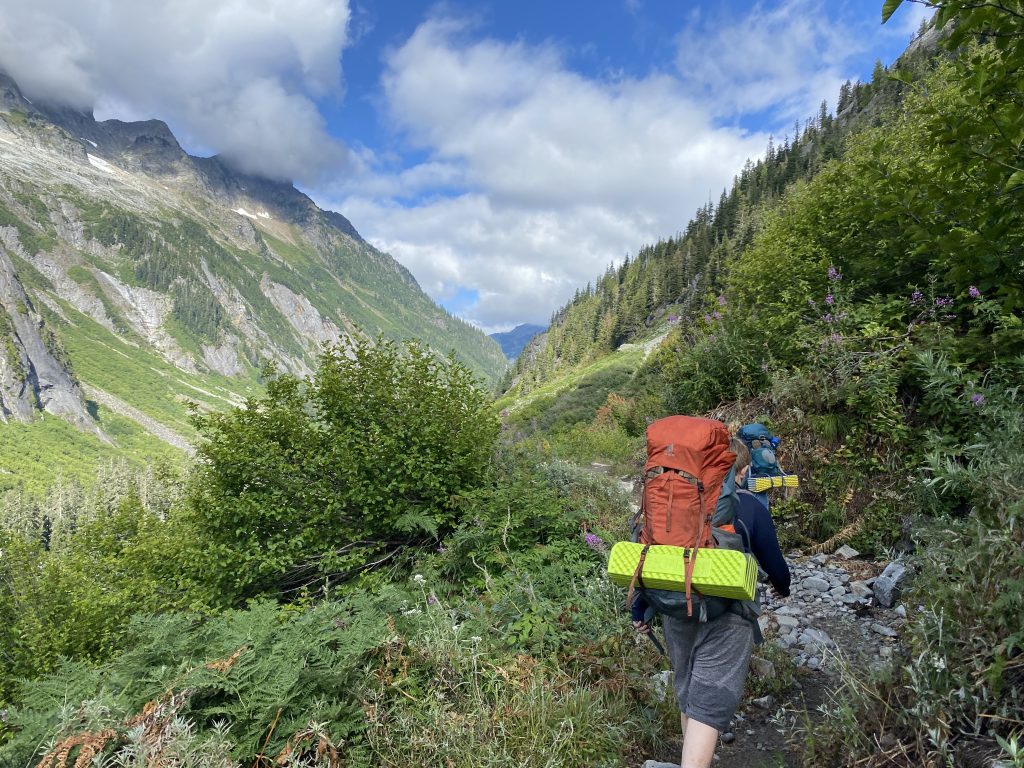
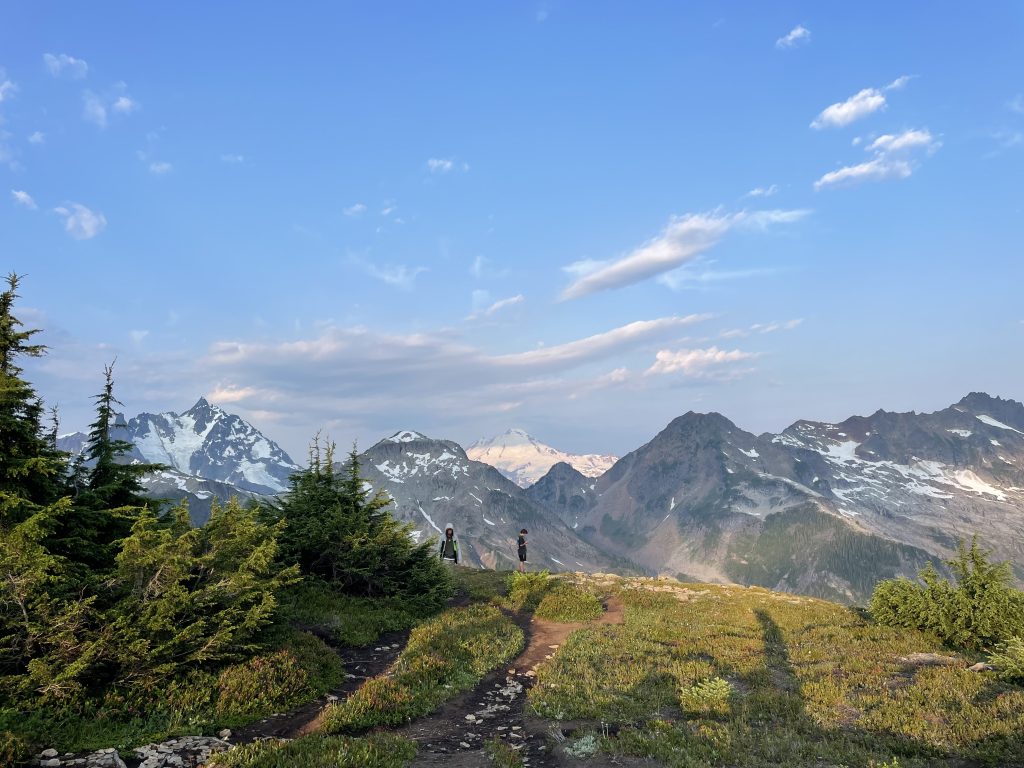
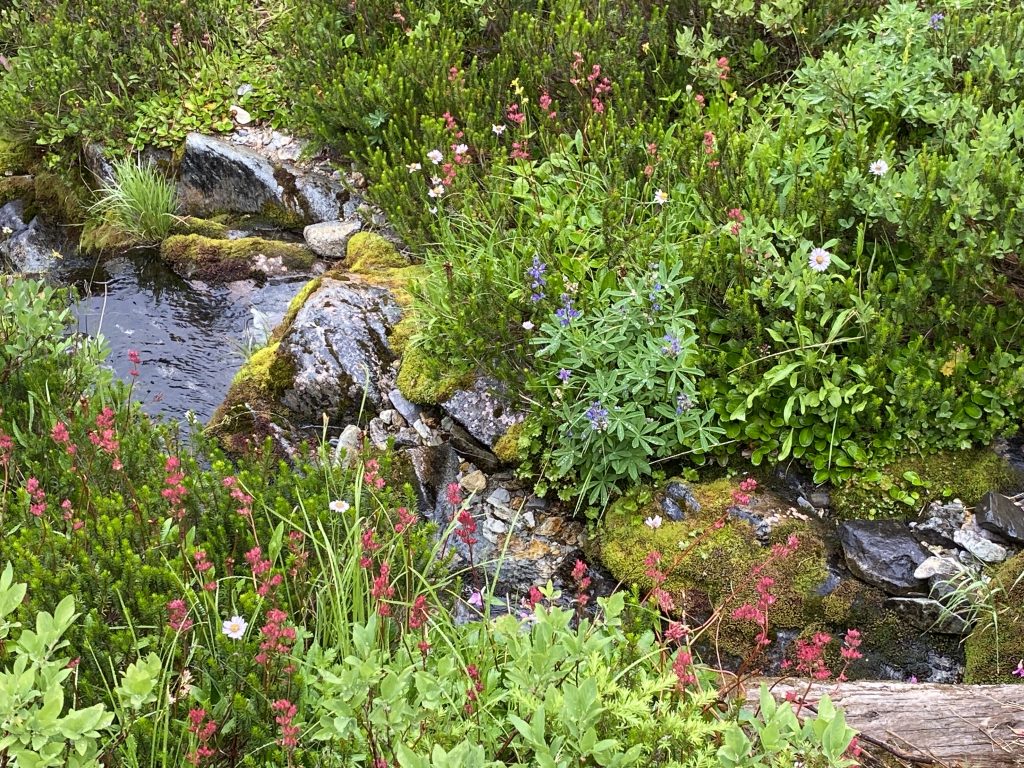
What to Expect
Orientation
All our trips start with an orientation process during which our guides check participant’s gear, go over the schedule and itinerary for the trip, and help participants pack their backpacks. We complete this orientation regardless of experience level. During the orientation, all participants will have the option to borrow Sahale Outdoors gear, even if they brought their own backpack, sleeping bag, mess kit, etc. The orientation process usually takes 1-2 hours.
Day 1: Museum and Campground
On the first day, we will head to the area in which we will be hiking and visit a museum that highlights the Indigenous history of the land we will be on. Whenever possible, we visit and support museums that are managed by Native nations. After the museum visit, we camp at a front country campground near the trailhead. The first night, there will be access to a bathroom (sometimes with running water) and the vehicle.
Day 2-5: Backpacking
Day 2: Backpack 3.8 miles to first camp, with 1,500 feet of elevation gain
Day 3: Day hike (leave backpacks at camp) to Egg Lake, Ruth Arm, or other route as group chooses.
Day 4: Backpack 1.8 miles, with 1,500 feet of elevation gain, to Hannegan Peak
Day 5: Backpack 5.6 miles and 3,000 feet downhill back to trailhead
Returning home
The last day of the trip will consist of hiking out to the vehicle and driving back to base. It’s difficult to predict the exact timeline, as group speed, route, campsite choice, and traffic are all factors. In general, we try to get back to our base in Fife around 4-5 PM.
Difficulty Level
Challenging: 3,000 feet of elevation gain and loss, at least 11.2 miles over four days
Length
Five days
2026 Middle School Schedule:
August 3-7
Book Your Trip
Pricing includes gear rental, food, transportation, and all entrance fees, permits, and passes.
25% of the total trip cost is due at sign-up, with the remainder due one month before the trip date. You are welcome to pay in installments, contact trips@sahaleoutdoors.org to set up a payment plan.
Our mission is to make outdoor recreation accessible to all. If you cannot afford the total trip cost, request sliding scale pricing here:
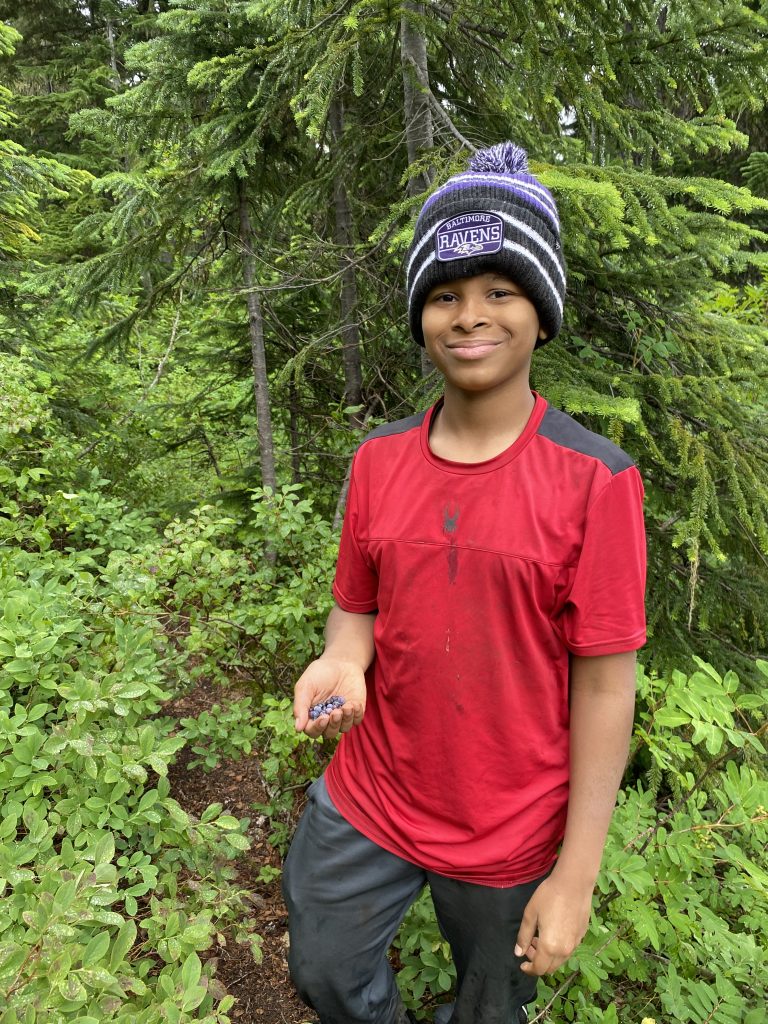
Indigenous Land
Nooksack
“Our ancestors set the rules we live by. It is our job to take care of this land through the ways that have been handed down to us, from generation to generation, so that we can make a better future for our children.”
Nooksack Cultural Resources Department
The Nooksack people have lived along the Nooksack River, from Bellingham Bay to Kweq’ Smánit (Mt. Baker), since time immemorial. There is no record in Nooksack tradition of ever living anywhere else. Their name comes from a place name in their language, and translates to “always bracken fern roots,” illustrating their close ties to the land and the resources that nourish their people.
The Nooksack have fought hard for their tribal lands and rights, becoming a federally recognized tribe in 1973, a hundred years after they defied attempts to force them to move from the Nooksack Valley to the Lummi Reservation, since they were not granted a reservation in the Point Elliott Treaty of 1855. A major focus of Nooksack tribal programs today is land and resources, with a special emphasis on fishing. Fishing in the Nooksack River and salt water areas is an important source of income and food for many families, as well as being a source of cultural pride and identity.
~ This information was found on NooksackTribe.org
